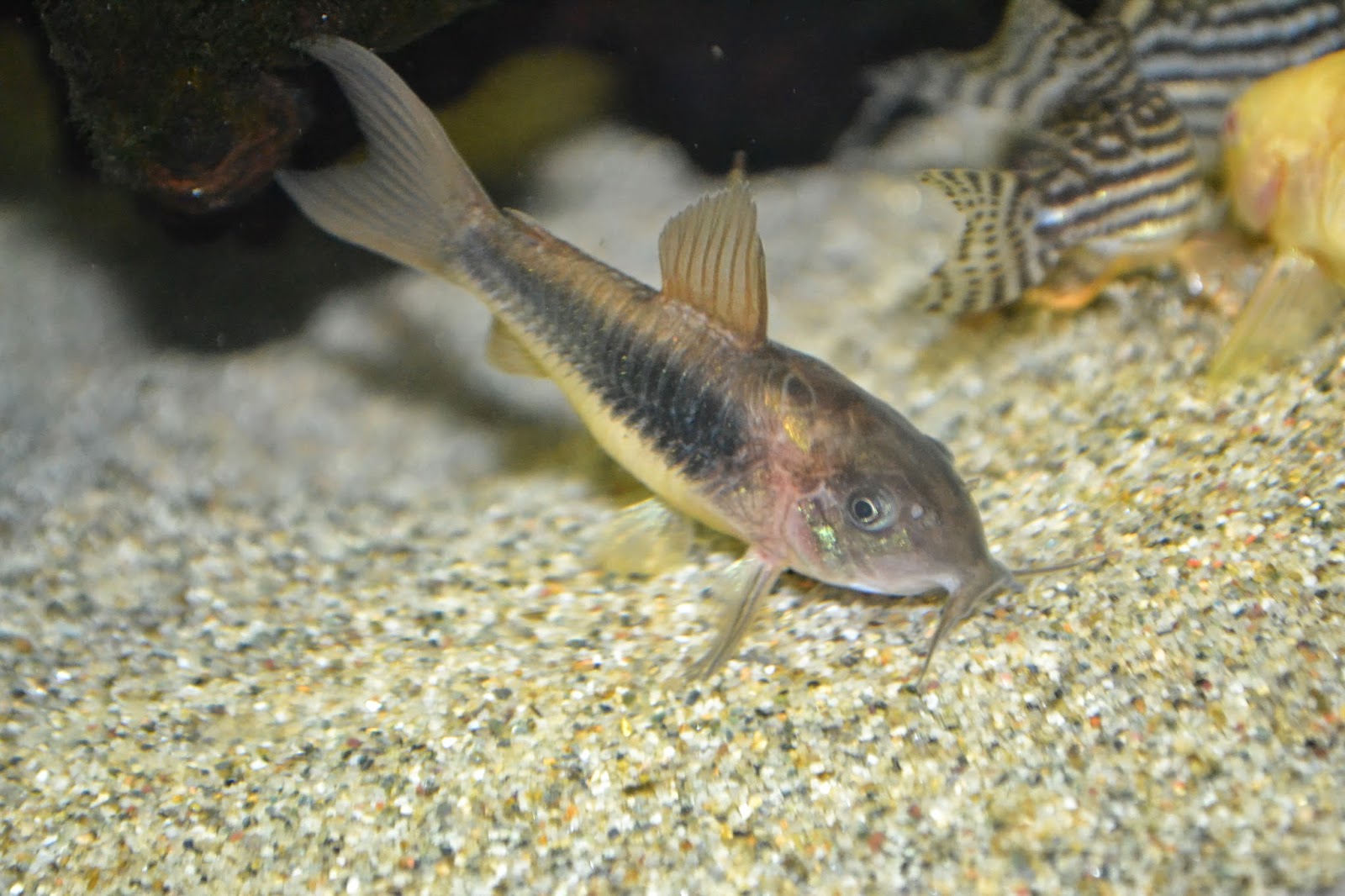Firstly, I'll start from what I do with the eggs. The eggs are removed from the parents tank and put into a plastic tub with an airstone and a bit of Anti-fungus. In fertile eggs are removed. The eggs hatch in approximately 3 days. Once hatched the fry are left to consume their yolk sacks and first food is given after this. On the first few attempts I tried to feed decapsulated brine shrimp eggs straight away, this proved unsuccessful and most fry were lost within a week. Another error I have made is water changes using tap water. This appeared to kill all fry of within a day. Using tank water from the parents tank appears to be a must with what appears to be a sensitive species. Learning from these mistakes the next batch were fed after three days or so from hatching with a squeeze of filter media. Daily water changes were carried out using water from the parent tank. This was continued for a week until the fry were of a size micro worms could be consumed. I have also been using Java Moss as a source of food and hiding. Missing a days water change seems to be an issue and unlike the Bronze Corys (Corydoras Aeneus), they fry don't seem to respond well to decapsulated brine shrimp eggs in there diet.
This is as far I have gotten so far. I have lost all fry by 6 weeks after looking promising until this point, for reasons which I can only guess. Anyhow, I shall keep trying!
Cheers,
Ben.









